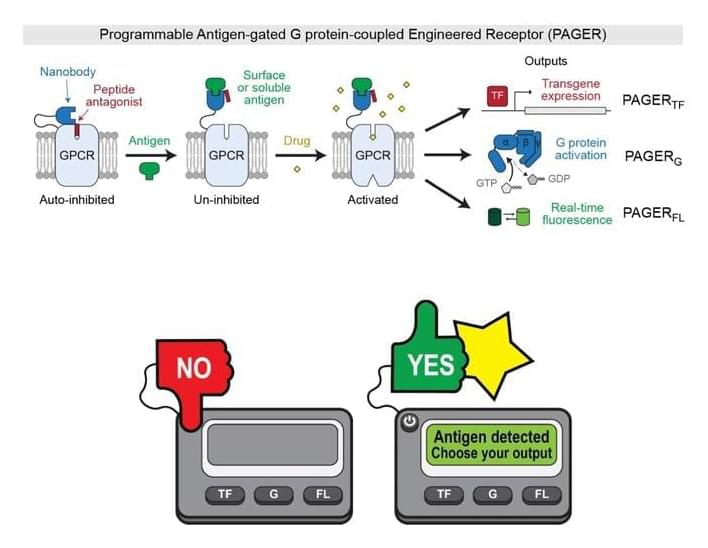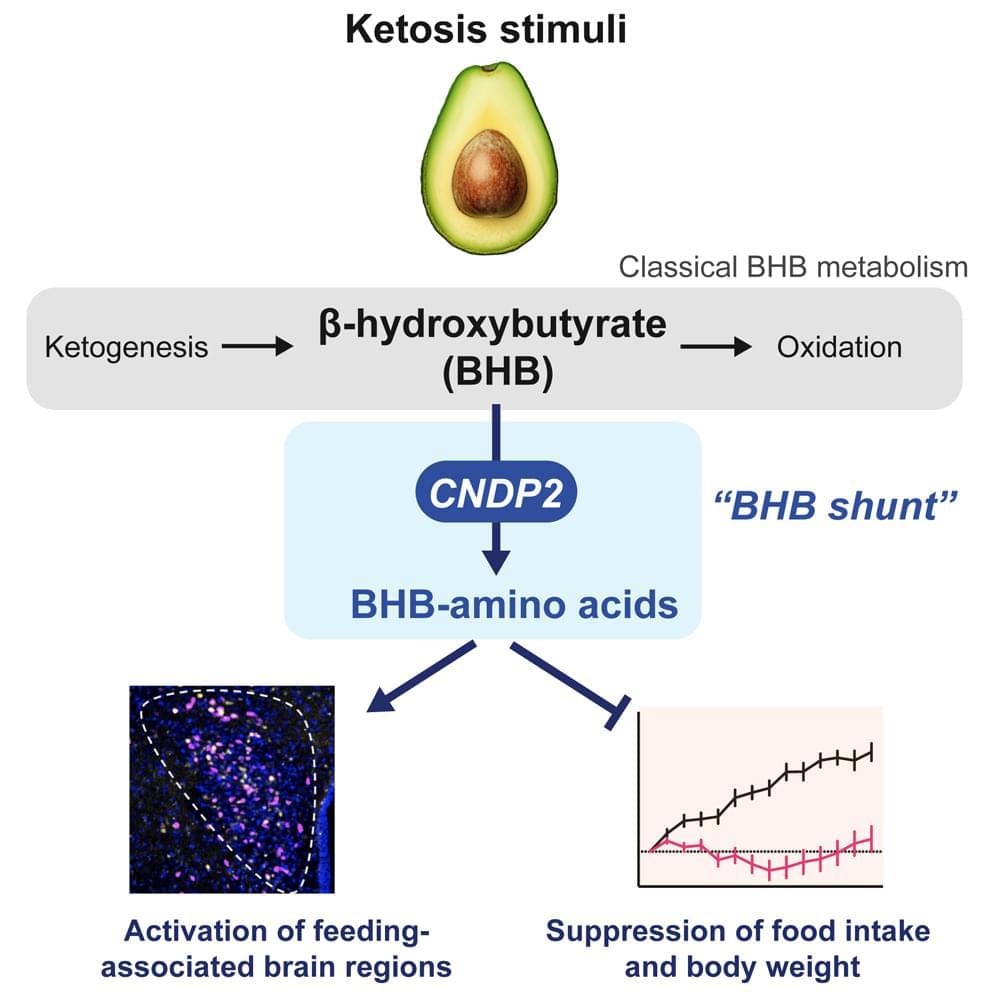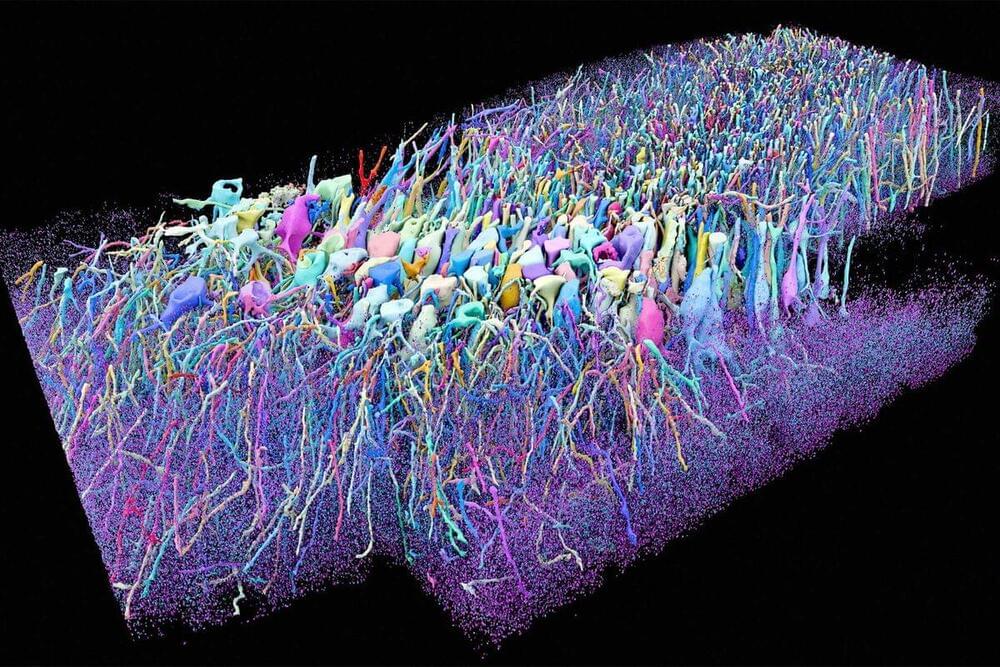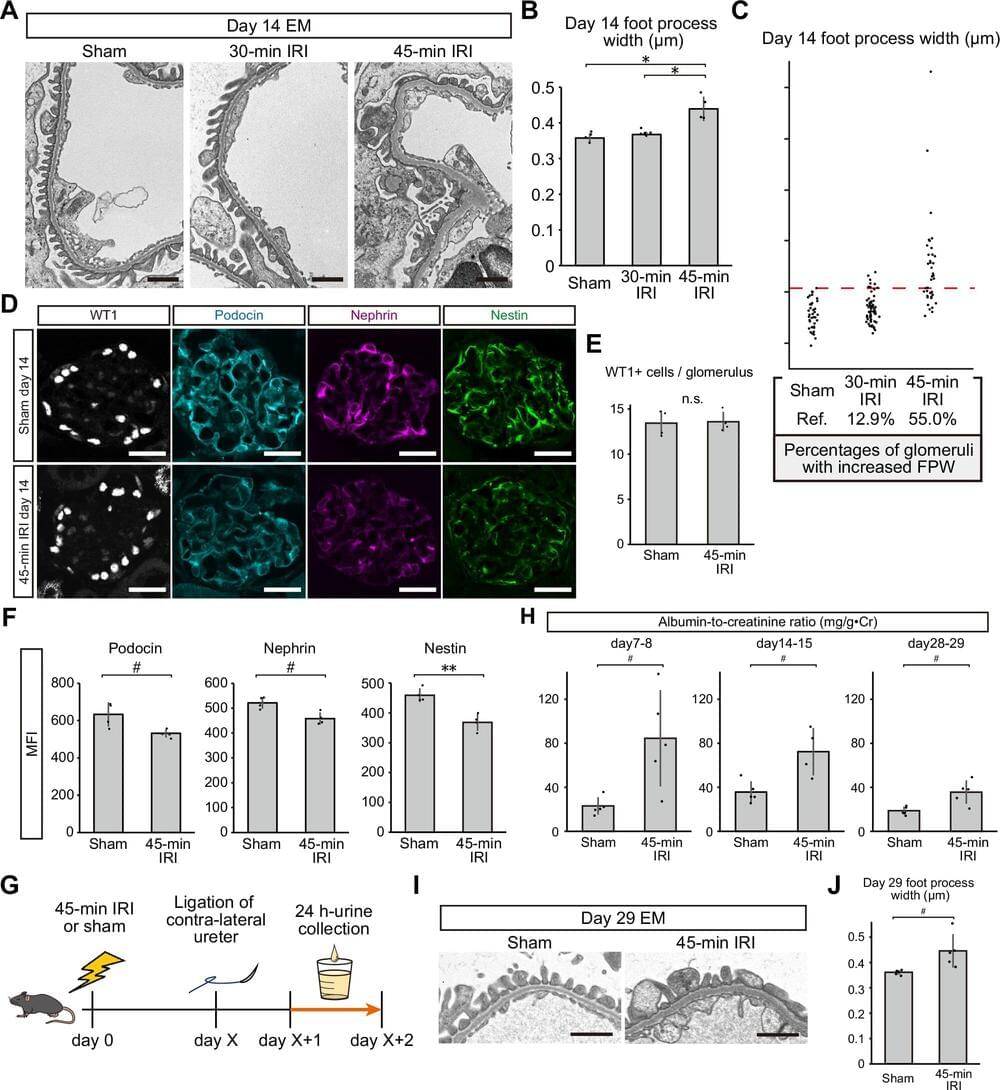Dec 4, 2024
AI Just Beat Doctors at Diagnosing Illness (Here’s Why That’s Actually GREAT News)
Posted by Shailesh Prasad in categories: biotech/medical, health, robotics/AI
A groundbreaking study just revealed AI outperforming human doctors at medical diagnosis — but before you panic, this could be the best news yet for healthcare.
This hits personally for me. From my kiddo’s misdiagnosed case of hives to my own health struggles with multiple doctors, I’ve seen firsthand why we need AI to empower (not replace) medical professionals. I’m sure I’m not the only one.


















